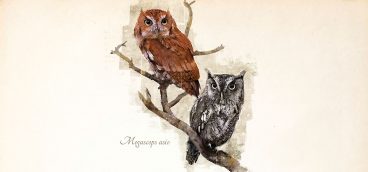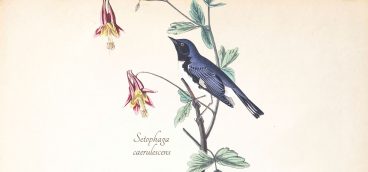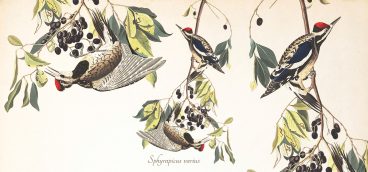
displaced Pittsburghers soon will come home again. The pigeons of Mellon Square, bumped by renovations scheduled to culminate next year, are some of my favorite birds to watch, a bit of the wild smack dab in the middle of “dahntahn.” Don’t disparage these half-pound fast fliers.
Though some consider them a nuisance underfoot or fear a well-targeted aerial bombardment, the cousins of Pittsburgh pigeons, whirling, variously colored, cooing for bread crumbs or foraging around park benches, supported one of the most fundamental shifts in modern thought: the theory of evolution.
Both aristocrats and working men in Darwin’s era had an abiding interest in pigeons. They bred them for variety in size, shape, plumage, even specific physical actions. Darwin uncrossed the variations until he arrived back at the Rock Dove, our pigeon, the wild progenitor of all those marvelously altered show birds. And while finches might be popularly associated with Darwin since he collected and studied them in the Galapagos, pigeons or doves (the name is basically interchangeable) quietly sustained his interests and contributed to his understanding of heritability and, ultimately, The Origin of Species. Pigeons have helped us understand life as we know it. Where would science be without the bird?
Taking their name from their natural inclination to nest on rocky outcrops—the Frick Building’s windowsills will do nicely—Rock Pigeons were early American immigrants. Brought across the Atlantic to sustain and entertain colonists, these doves often provide city dwellers their first connection with birds. Basically year-round residents with little migratory impulse, pigeons are found in almost every urban corner and some wilder parts of Pittsburgh. My four favorite Pittsburgh pigeons “live” in East Liberty, three alone on a Penn Avenue mural designed by Jordan Monahan. Nearby, probably the best known pigeon in Pittsburgh “roosts” on the Centre Avenue wall of Whole Foods. “Worm’s Eye View,” by artist Kate Bechak, portrays a pigeon of typical gray and white body plumage and iridescent green and purple neck, but with a few subtle enhancements. This lowly pigeon is the bird with bling, wearing two gold chains and showing off a diamond ring on its right toe. If that’s what a worm sees, what have we missed?
Their habits have become the subject of a long-running Cornell Lab of Ornithology citizen science project, PigeonWatch, which is designed to answer several questions, including why do city pigeons exist in so many colors, and what color mate does a pigeon choose? Observations suggest Rock Pigeons mate for life, and PigeonWatch offers an illustrated guide to their mating habits, still called, in quaint Victorian terms, courtship behaviors. Pairs may nest five or more times a year, feeding young a secreted crop milk before they graduate to handouts. And despite Peregrine Falcons, plastic owls, bird spikes atop cornices, and other urban risks—stale bagels not withstanding—the pigeon survival rate is quite high, assuring these avian neighbors will join us on sidewalks and overhead for many years to come. Look out below!





